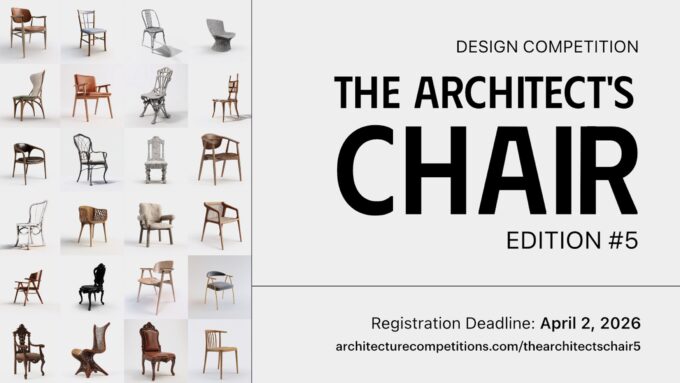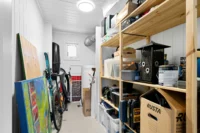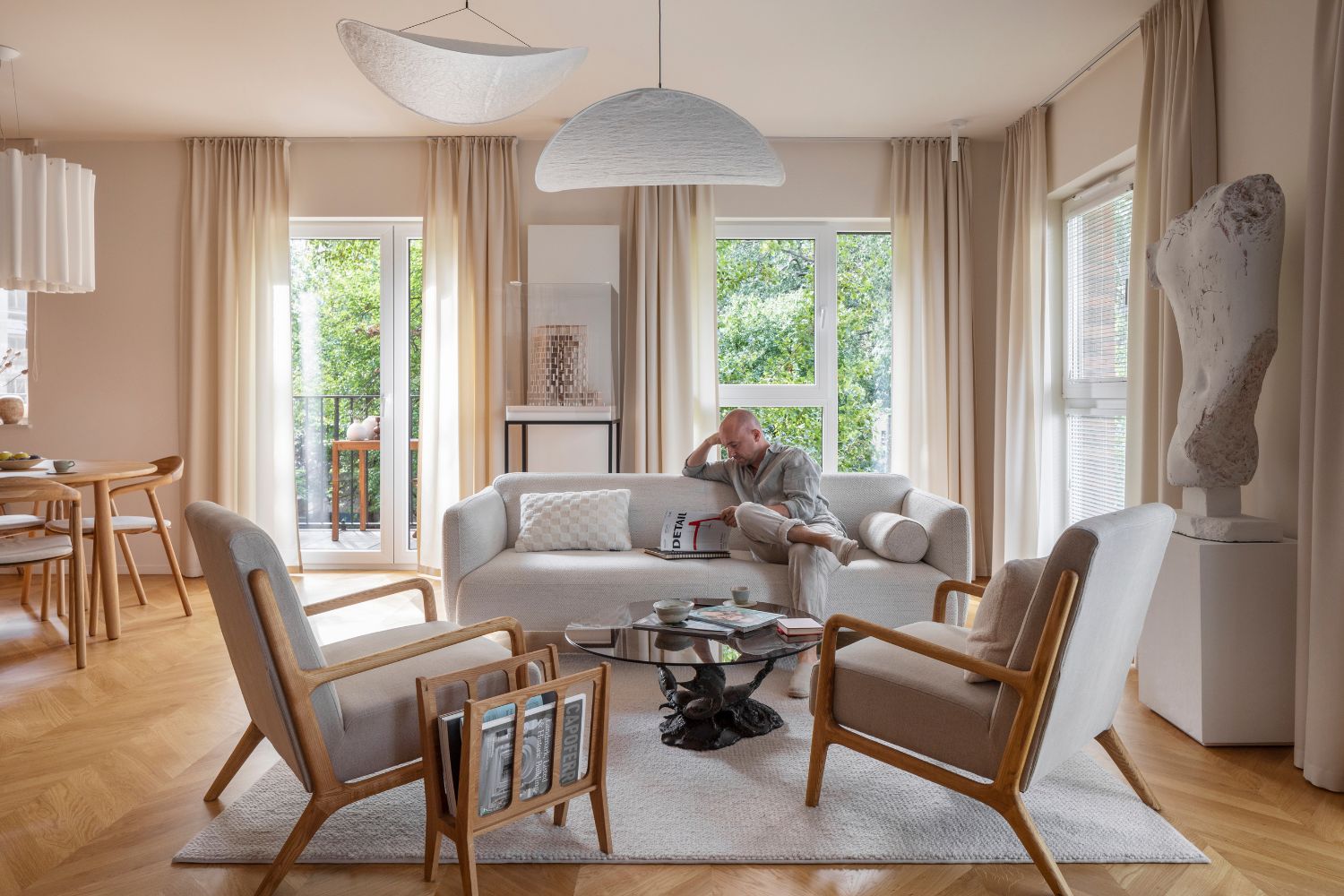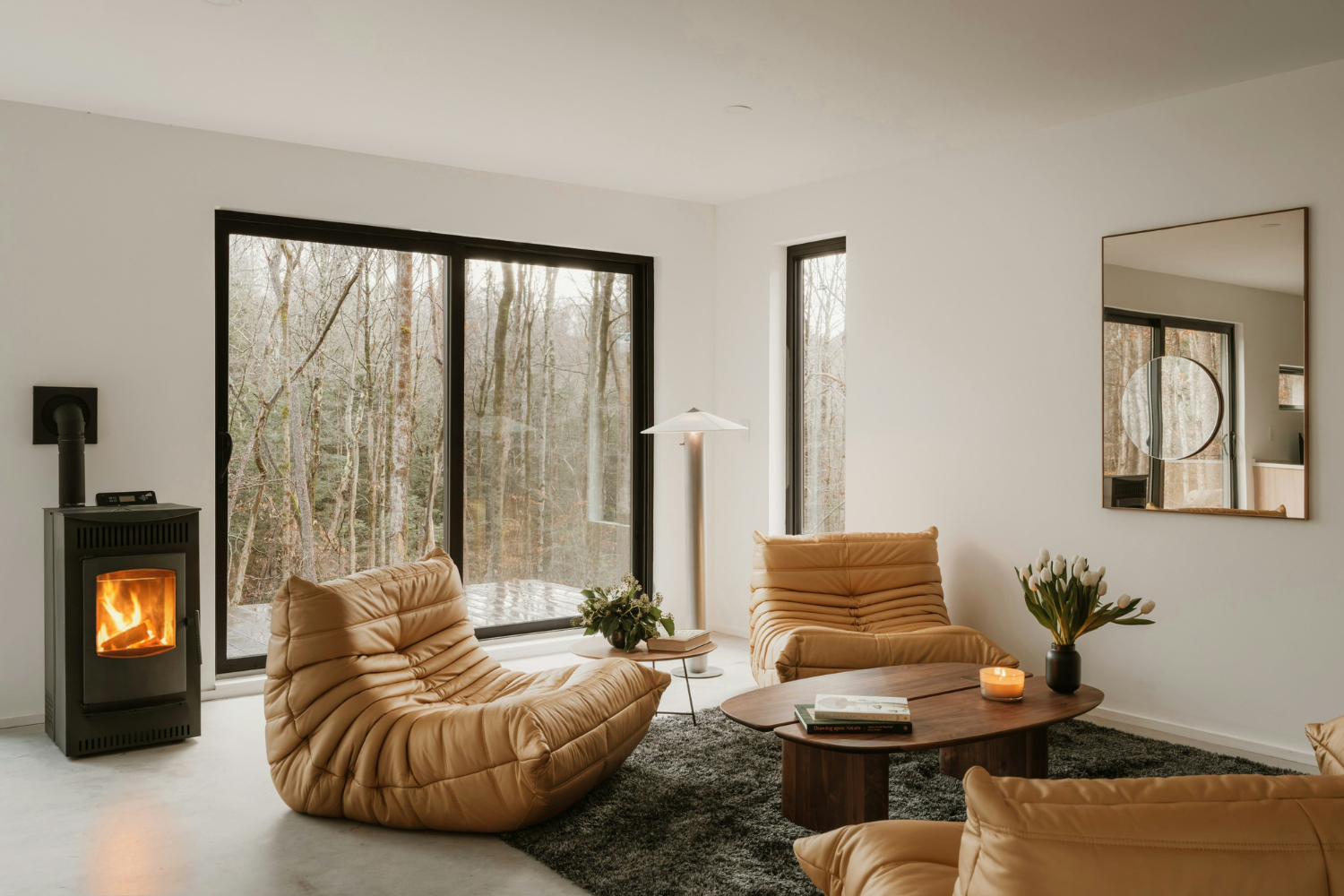- Home
- Articles
- Architectural Portfolio
- Architectral Presentation
- Inspirational Stories
- Architecture News
- Visualization
- BIM Industry
- Facade Design
- Parametric Design
- Career
- Landscape Architecture
- Construction
- Artificial Intelligence
- Sketching
- Design Softwares
- Diagrams
- Writing
- Architectural Tips
- Sustainability
- Courses
- Concept
- Technology
- History & Heritage
- Future of Architecture
- Guides & How-To
- Art & Culture
- Projects
- Interior Design
- Competitions
- Jobs
- Store
- Tools
- More
- Home
- Articles
- Architectural Portfolio
- Architectral Presentation
- Inspirational Stories
- Architecture News
- Visualization
- BIM Industry
- Facade Design
- Parametric Design
- Career
- Landscape Architecture
- Construction
- Artificial Intelligence
- Sketching
- Design Softwares
- Diagrams
- Writing
- Architectural Tips
- Sustainability
- Courses
- Concept
- Technology
- History & Heritage
- Future of Architecture
- Guides & How-To
- Art & Culture
- Projects
- Interior Design
- Competitions
- Jobs
- Store
- Tools
- More
Your Ultimate Design Guide for a Functional Bathroom: Style Meets Practicality
Transform your bathroom with our comprehensive design guide that balances style and functionality. Learn how to create an efficient layout, select quality fixtures, and incorporate durable materials. Discover essential tips on storage solutions, safety features, and optimal lighting to enhance comfort and usability.

When it comes to creating a bathroom that’s both stylish and functional, we often find ourselves facing a myriad of choices. From layout to fixtures every decision plays a crucial role in crafting a space that meets our daily needs while reflecting our personal style. A well-designed bathroom can transform our routine into a rejuvenating experience, making it essential to get it right.

Table of Contents
ToggleUnderstanding Bathroom Design
We recognize the significance of a well-planned bathroom design that combines functionality and aesthetics. Each choice shapes our experiences and interacts with our daily routines.

Importance of Functionality
Functionality stands as the cornerstone of bathroom design. Efficient layouts minimize congestion and ease movement between fixtures, while strategically placed storage solutions keep essentials accessible. Incorporating features like non-slip flooring, adequate lighting, and ventilation promotes safety and comfort. Choices like dual-flush toilets and low-flow faucets enhance water efficiency, benefiting both users and the environment.
Key Elements of Bathroom Design
We must consider several key elements in our bathroom design:
- Layout: An open and logical layout fosters flow and usability. Arranging fixtures based on frequency of use ensures a logical transition from one task to another.
- Fixtures: Selecting quality fixtures maximizes durability and enhances functionality. Examples include contemporary sink designs and ergonomic faucets that blend style with ease of use.
- Storage: Integrating efficient storage solutions keeps the space organized. Examples include built-in shelves, cabinets, and wall niches that utilize vertical space effectively.
- Lighting: Proper lighting creates ambiance and enhances functionality. Combining task lighting over mirrors with ambient lighting offers optimal illumination for varied tasks.
- Materials: Choosing durable materials ensures longevity and stability. Examples include moisture-resistant cabinetry and tiles that withstand the humid bathroom environment.
By focusing on these aspects, we can create a bathroom that not only meets our functional needs but also reflects our personal style.
Planning Your Bathroom Layout
Effective bathroom layout planning maximizes functionality and aesthetics. We focus on critical areas to enhance how the space serves our daily needs.

Assessing Space and Dimensions
We begin by measuring our bathroom’s dimensions accurately, including wall lengths, door locations, and window placements. This data serves as the foundation for our layout. To ensure a comfortable feel, we maintain a minimum clear floor space of 30 inches by 48 inches in front of fixtures. We confirm that the placement of fixtures like toilets, sinks, and bathtubs adheres to codes for privacy and comfort, which typically suggest keeping at least 15 inches from the center of the toilet to nearby walls or fixtures.
Optimizing Flow and Accessibility
We enhance flow by placing frequently used items within easy reach. It’s essential to create pathways of at least 24 inches wide between major fixtures to prevent congestion. Accessibility becomes vital when deciding fixture placement; we ensure that all users can comfortably navigate the space. Universal design principles guide us in this process, such as using lever-style faucets and ensuring that lighting is evenly distributed across the area. In smaller bathrooms, we consider wall-mounted fixtures to free up floor space, improving overall accessibility and movement.
Selecting Appropriate Fixtures
Selecting the right fixtures is essential for achieving a balance of functionality and aesthetics in our bathroom design. Fixtures play a vital role in usability and can significantly impact the overall look of the space.

Choosing the Right Sink and Vanity
Choosing the right sink and vanity involves considering both size and style. We must assess the available space to ensure the sink fits within the allotted area without compromising movement. For instance, single and double sinks cater to different needs and preferences. A wall-mounted sink offers a minimalist look, while a pedestal sink provides elegance with limited storage.
Vanities come in various styles, including traditional, contemporary, and rustic, allowing us to align the design with our vision. Storage is another crucial factor; selecting vanities with drawers or shelves enhances organization while keeping the countertop clutter-free. Materials like wood or engineered stone not only provide durability but also enhance the overall aesthetic appeal of the bathroom.
Shower and Bathtub Options
Shower and bathtub choices significantly influence our bathroom’s functionality and style. We have a variety of options, including standalone tubs, alcove tubs, and walk-in showers. A standalone tub can serve as a focal point, while an alcove tub optimizes space in compact areas.
For showers, consider options such as frameless glass enclosures or built-in benches that enhance both accessibility and style. Rainfall showerheads offer a luxurious experience, while multi-function shower systems provide versatility. Additionally, incorporating waterproof lighting and non-slip tiles enhances safety and comfort.
With careful selection of sinks, vanities, showers, and bathtubs, we can create a bathroom that harmonizes our functional requirements with our personal style, ensuring a space that’s both practical and aesthetically pleasing.
Materials and Finishes
Choosing the right materials and finishes significantly influences a bathroom’s durability, maintenance, and aesthetics. Selecting the appropriate elements enhances both functionality and style while ensuring longevity.

Durable Flooring Choices
Selecting durable flooring options is essential for maintaining a functional bathroom. Here are some recommended materials:
- Porcelain Tile: Porcelain tile stands up against moisture and is easy to clean. Its strength makes it an ideal choice for high-traffic areas.
- Vinyl: Vinyl flooring offers affordability and versatility, available in various styles. It is water-resistant and provides comfort underfoot, making it ideal for bathrooms.
- Natural Stone: Natural stone, such as granite or slate, adds elegance with unique patterns. It requires sealing to prevent moisture absorption but provides durability and a premium look.
- Waterproof Laminate: Waterproof laminate combines the look of wood with moisture resistance. This option offers easy installation and maintenance while being budget-friendly.
Wall Treatments for Aesthetics and Function
Wall treatments can greatly enhance a bathroom’s look and functionality. Consider the following:
- Paint: Use moisture-resistant paint in a soft finish for a clean look. This option allows for easy updates and color changes.
- Tile: Wall tiles provide durability and are water-resistant. Choose large-format tiles to minimize grout lines and ease maintenance.
- Wall Panels: PVC or acrylic wall panels offer a seamless look, reducing the risk of mold and mildew. They’re easy to install and clean, making them great for wet areas.
- Wood Accents: Wood, when properly treated, can add warmth and texture. Use it sparingly to avoid moisture-related issues, enhancing the overall aesthetic without compromising functionality.
By thoughtfully selecting durable flooring and functional wall treatments, we create a bathroom that elegantly balances style and practicality.
Lighting and Ventilation Considerations
Effective lighting and ventilation enhance both the functionality and comfort of our bathroom design. We must prioritize natural and artificial lighting while ensuring optimal airflow for a pleasant environment.

Importance of Natural Light
Natural light transforms our bathroom, creating a brighter, more inviting atmosphere. We benefit from strategic window placement that maximizes sunlight, ideally positioning windows near the shower or above the vanity. Skylights also offer great solutions to incorporate daylight without sacrificing privacy. Natural light improves our mood and helps reduce reliance on artificial lighting during the day.
Types of Lighting Fixtures
Selecting the right lighting fixtures is crucial for functionality and aesthetics. We can consider the following types:
- Ambient Lighting: Provides overall illumination, essential for navigating the space. Ceiling-mounted flush fixtures or LED recessed lights work well for this purpose.
- Task Lighting: Focuses on areas where we perform detailed tasks, such as grooming or shaving. Sconces or vanity lights installed on either side of the mirror eliminate shadows and improve visibility.
- Accent Lighting: Highlights specific features, like artwork or architectural details. We can use recessed lighting or track lights to create visual interest and enhance the overall design.
- Decorative Lighting: Adds style and personality to our bathroom. Pendant lights or chandeliers can serve as statement pieces without compromising efficiency.
By combining these lighting types thoughtfully, we create a balanced, functional, and aesthetically pleasing atmosphere in our bathroom. Additionally, incorporating dimmers allows us to adjust brightness based on the time of day or mood, enhancing versatility.
Conclusion
Designing a functional bathroom involves careful consideration of various elements that contribute to both usability and aesthetics. We prioritize maximizing space by implementing efficient layouts that promote smooth flow and accessibility. By ensuring clear pathways of at least 24 inches between fixtures, we prevent congestion and enhance user experience.
Selecting quality fixtures is essential. We choose sinks and vanities that offer the right size and storage options, supporting organization while aligning with our style preferences. Additionally, we explore different shower and bathtub options, incorporating features like frameless glass enclosures and rainfall showerheads to elevate both functionality and style.
Materials and finishes significantly affect the bathroom’s durability and maintenance. We recommend using robust flooring options, such as porcelain tile or natural stone, that withstand the demands of high-traffic areas. Wall treatments play a crucial role as well; moisture-resistant paint and wall tiles ensure longevity while enhancing the space’s visual appeal.
Lighting and ventilation are vital components that enhance comfort and functionality. We utilize natural light through strategically placed windows and skylights, reducing reliance on artificial sources. Ambient, task, accent, and decorative lighting types combine to create a cohesive atmosphere, with dimmer switches allowing for flexibility in lighting preferences.
By integrating these essential design elements, we create a bathroom that not only meets our functional requirements but also reflects our personal style, enhancing our daily routines and the overall enjoyment of the space.
- bathroom decor and function
- bathroom design inspiration
- bathroom layout optimization
- bathroom planning guide
- bathroom renovation ideas
- bathroom style and practicality
- contemporary bathroom style
- efficient bathroom design
- elegant bathroom design
- functional bathroom design
- innovative bathroom layouts
- luxury bathroom design tips
- modern bathroom design tips
- practical bathroom features
- practical bathroom ideas
- small bathroom functionality
- space-saving bathroom design
- stylish bathroom solutions
- trendy bathroom design
- ultimate bathroom design guide
Submit your architectural projects
Follow these steps for submission your project. Submission FormLatest Posts
Modern American Homes: Interior Design Trends to Watch in 2026
Interior design in the United States is evolving toward warmer, more adaptable,...
BXB Studio’s Hybrid Interior: Redefining the Modern Architectural Workplace
The Warsaw headquarters of BXB Studio was established in a modest 70...
5 Must-Know Interior Design Trends in American Homes
From warm minimalism to bold oversized artwork, these five interior design trends...
How Open Kitchens Create a Sense of Space Indoors (Without Sacrificing Function)
Open kitchens: see how sightlines, lighting, and smart layouts make rooms feel...












Leave a comment